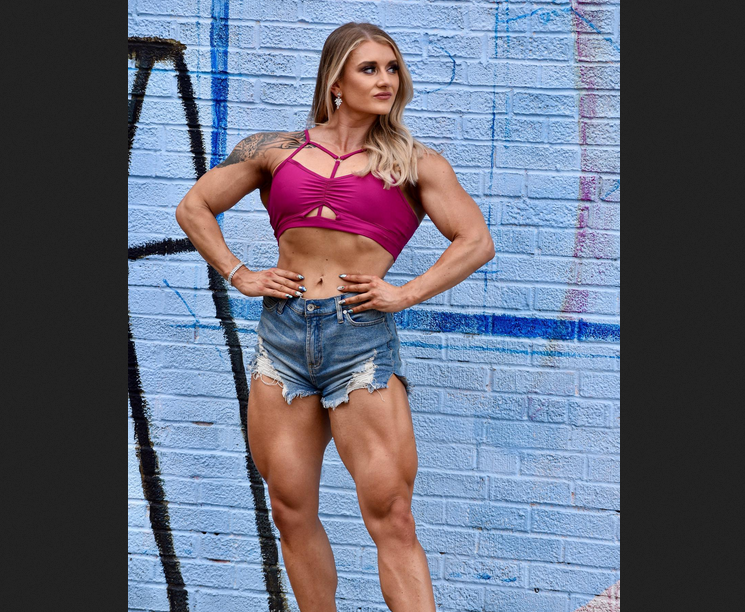My experience gleaned from instructing coaches from a variety of different sports in the performance of the Olympic lifts leads me to the conclusion that the degree of technique coaching varies considerably from sport to sport. Whereas some sports are overwhelmingly technical and aesthetic, i.e. gymnastics, diving, others have a very small technique component and hence the coaches have little need to develop the skill of coaching technique.
Some sports are played in a deliberately free-style manner so that the coach has little to do with the development of proper technique. Basketball, for instance, used to have a proper set of techniques that were taught to all the participants, but that number of techniques has diminished and many coaches are happy when the ball goes in the basket.
Many coaches in the strength and conditioning (S & C) profession have had little reason to become proficient at coaching technique. Many of the movements employed are from bodybuilding and hardly qualify as kinesthetically challenging. On the other hand some S & C coaches have an extensive background in coaching technique, so much of the material in this article may appear superfluous. If you want to employ snatches and/or clean & jerks into your athletes' training (I can't imagine why you wouldn't), you are going to have to develop some skills at coaching technique.
Before I proceed, let me try to clear up some misconceptions or re-state some observations that might apply generally to coaching any sport.
· The ability to perform a complex event at a highly proficient level is no guarantee that the practitioner knows what they are doing in a descriptive mode, nor that they can coach technique performance, nor do they care to.
· Some scientists may be familiar with every biomechanical nuance of a complex movement and yet have little ability to coach the movement, nor should they be expected to do so.
· There are some marvelous coaches who have never performed events at the same level of technical proficiencies as their athletes, and yet they can coach them quite skillfully. Note that Bela Karolyi was never a female gymnast.
· There are some marvelous athletes who will make a mediocre coach appear to be much better than he or she really is. Evaluate this coach by the athletes produced-one is wonderful, the rest are mediocre.
The 7 Steps To Becoming A Great Technique Coach
Although it's no guarantee of success if you want to coach proper technique, you should learn how to perform the movement passably if not superbly. It may be that you can perform it at a lower intensity, but still properly. This will be especially helpful if you need to model the movement for your athletes. Of course, as you get older, you may not be able to model properly. During my last 20 years of coaching I always had plenty of good weightlifters in the gym who could serve as models for the newbies. Just keep in mind that many of your new athletes may have never seen the movement(s) you plan to teach them.
If you plan on coaching technique properly you need to master the following 7 steps:
👉 1 - Watch a large number of good examples of the movement in question...
👉 2 - Study and learn what each relevant body...
👉 3 - Develop a coaching eye that can immediately diagnose...
👉 4 - Develop a vocabulary of coaching...
👉 5 - Learn to recognize neural or psychological fatigue in the athlete...
👉 6 - Learn how to administer remedial movements...
👉 7 - Be patient





































No comments:
Post a Comment